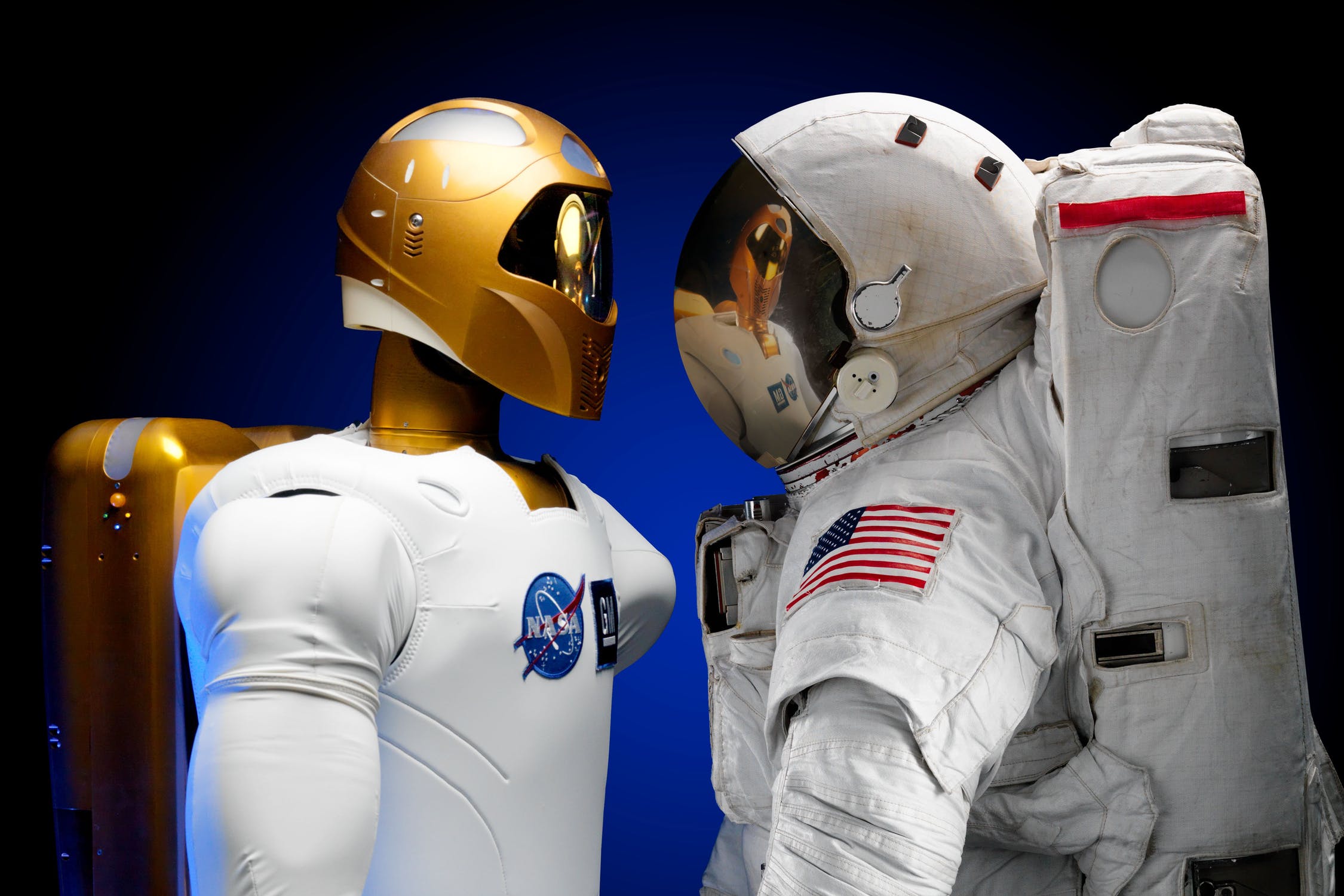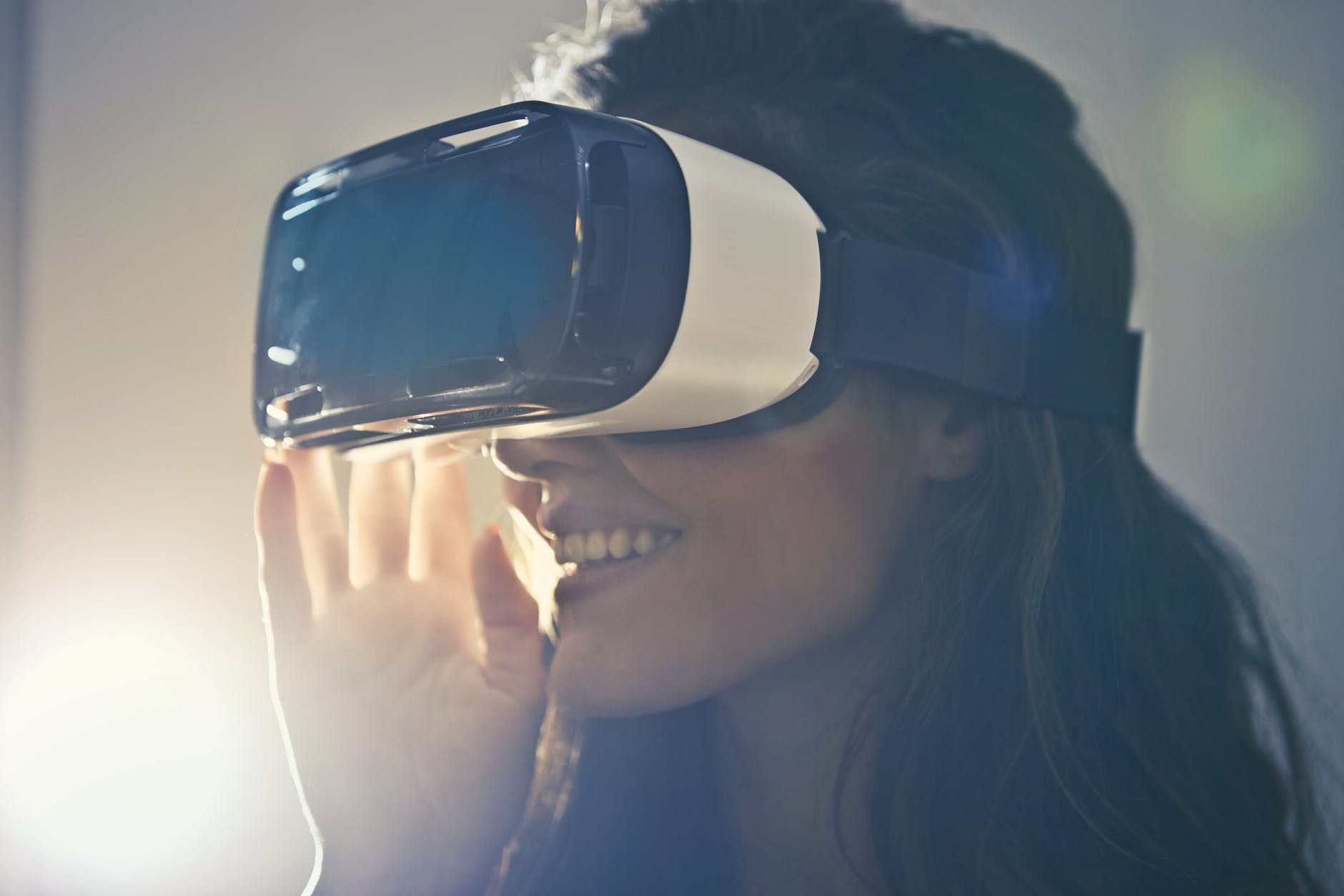It wasn’t too long ago that people associated the future with hoverboards, intergalactic travel and robots. While we might still be working on the first two, the third is already here. Robots are undoubtedly one of the greatest technologies we have available to us and we are learning more and more about them every day. Instead of being afraid of robots taking over the world, the world is starting to wake up to the potential of robotics and how they can impact on our day to day lives.
The progression of robotic technology is enabling us to perform tasks that have previously been considered too difficult, dangerous, expensive or impractical. The introduction of telepresence robots, for example, is a practical solution to the issue of attending events or meetings without having to be physically present. This is ideal for those occasions on which travelling across the world to be at a conference is too expensive or difficult. But that’s not the only way in which robotics are changing the way we do things.
In 2017, researchers from MIT’s Computer Science and Artificial Intelligence Laboratory (CSAIL) presented a virtual reality system that could teleoperate a robot using an Oculus Rift headset. Oculus, acquired by Facebook in 2014, has become one of the industry leaders in VR and AR technology. The system allows the user to use hand controllers such as joysticks or console-like controllers to manipulate the robot and enable it to complete various tasks. By wearing a VR headset, the user can see through the eyes of the robot and experience what the robot is experiencing. While some teleoperated robots have some degree of Artificial Intelligence, they are mainly controlled by a human operator and given precise instructions to follow. So how can we apply this technology to our daily lives?
Healthcare
Robots are becoming increasingly popular ways of performing operations and procedures by doctors and surgeons. This is because they make it easier to see into a patient’s body and are able to perform operations more quickly and accurately than human hands. This advanced technology means that there is less room for human error, making it a potentially safer option for patients and healthcare providers. All of this means that VR and AR technology might not just be limited to enhancing the future of video gaming, but it may also have some practical uses which could help people and save lives.

Manufacturing
Manufacturing is a great example of how teleoperated robots could change an entire industry. Until now, telecommuting has only been accessible by office workers, however, teleoperation could enable the same thing to happen for those who work in manufacturing. By introducing teleoperated robots, manufacturing processes and production lines could be streamlined which would lead to better productivity and efficiency. Robots could undertake tasks that are much more delicate and precise than human hands can handle.
Gaming
Remote gaming of live experiences is even becoming a possibility. Handy slot tips for you might be welcomed if your virtually operating a real slot machine remotely. Or you might be sitting around the poker table controlling the action and even sports and more.
Space
There are also plans to use teleoperated robots in space. Currently, solar system exploration is mainly carried out by special purpose robots designed for anticipated tasks. However, NASA has stated that it is difficult to anticipate every situation that could happen in space, as such developing teleoperated robots for this purpose would make exploration much easier. Teleoperated robots are suited to space exploration due to their flexibility and potential for mass production and they are ideal for replacing humans where missions might be dangerous, impractical or lengthy. As astronauts are exposed to high levels of radiation in space, they must spend a significant amount of time in very expensive space suits and heavily shielded environments. This means that missions can be extremely expensive, however by sending teleoperated robots the costs are significantly lowered which means missions could potentially last longer and go further.
There are many ways in which teleoperated robots could change the landscape of the future. By reducing the need for human involvement, we can explore further, create more, and potentially save more lives.

